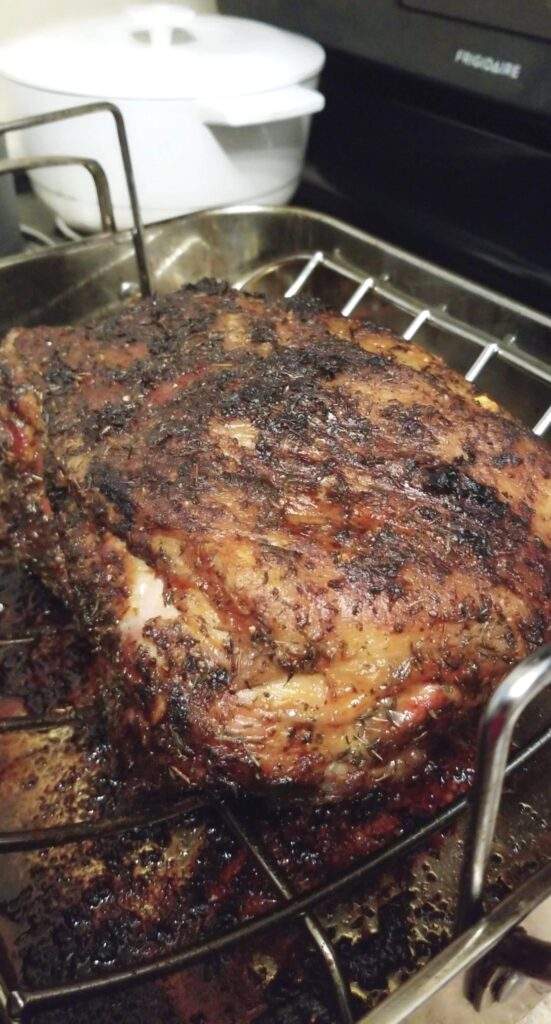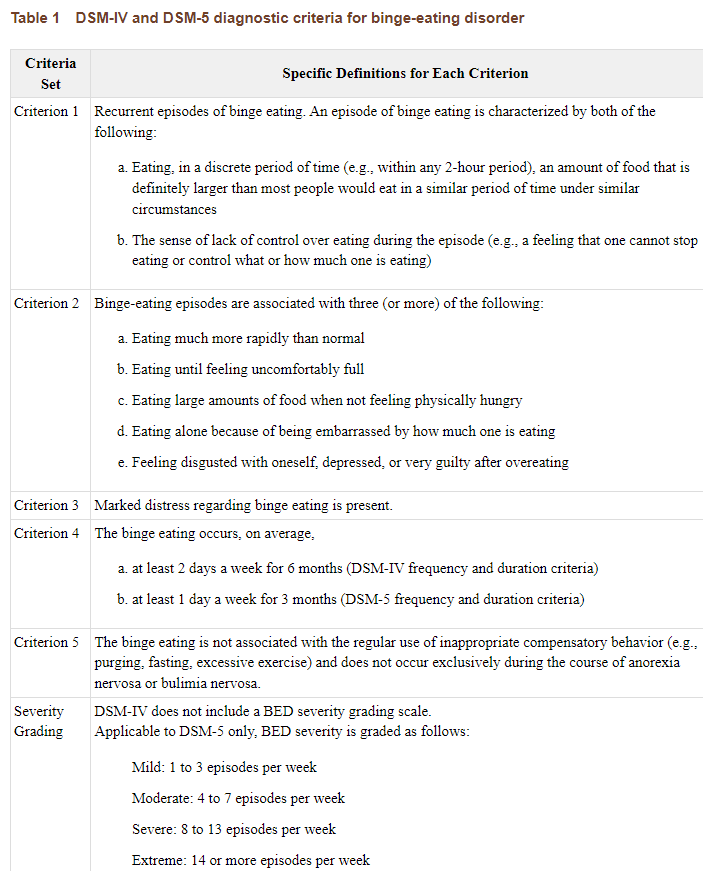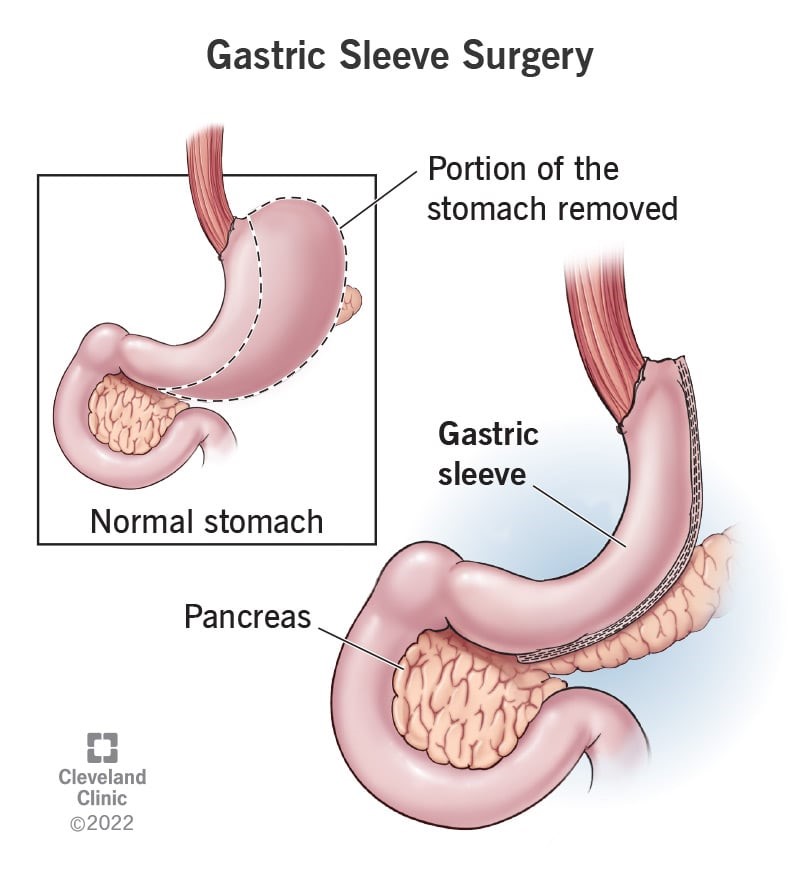
Hi! Welcome! Thanks for visiting. This blog is dedicated to those that have fought a lifetime battle for weight loss while managing the challenges of mental health issues and overcoming family trauma.
How did you try to get to Thincity?
Many, if not all lifetime dieters will tell non-lifetime dieters what they have done to get to Thincity. They will regale you with a litany of various diet and exercise plans that will leaving you wanting to nod off after the 10th example. These recounts of failed attempts by the dieter will likely be told with the internal sentiments of: 1) half wanting the listener to understand that they are not lazy and 2) that they are worthy of compassion. While the other half of the dieter is attempting to: 1) mask the hardwired truth that they feel that they are a failure at a cellular level and 2) are working hard at camouflaging their pain to others. Moreover, when telling their personal story to other lifetime dieters they will commonly commiserate about their deep feelings of mental exhaustion which comes from the continual push and pull from the travels to Thincity with diet after failed diet. Insanely for all listeners, during this journey to Thincity, all travelers are subject to serious risk of eating disorder development. My journey was not without this exception as I developed binge eating disorder.
Define eating disorder as per the DSM-5:

Personally. my urge to grab my keys and make my way to Thincity were spurn from the pervasive, constant and numerous references to my body and its unfitness according to my caregivers as I aged. Leading me to seek out and consume a gluttonous amount of diets and or “health plans” at any cost to my physical and mental health, time and financial resources in an effort to be worthy of acceptance by my “loved ones”. Some of the more profound attached encoded messages of my unacceptableness was that I was perpetually repugnantly compared to other relatives around my age and reminded how much more sanctioned for love they were then me because of their body size. In my young mind it was a very simple formula for love, thin equals love, fat equals abandonment.
Two Ingredients
The recipe of how to create an adult with an eating disorder only requires two ingredients; a child’s diet and the development of their concept of exercise. The final result is only obtained through the cooking method. The development of a child’s healthy relationship with diet and exercise is one that is built slowly overtime for the best outcome. Let us compare a child’s health development around diet and exercise to the cooking of a pork butt for a moment. Top bbq pit masters will tell you low and slow is the best cooking method for this cut of meat. This long cooking time allows for the fibers to breakdown allowing for flexibility. Well-adjusted adults have high levels of mental flexibility to more easily adapt to the changing demands over a lifetime whether it be diet, exercise or other life challenges. Alternatively, if pork butt is taken from the fridge to the hot oven, cooked at high temperatures and not allowed to rest before cutting the results will yield a tough, inconsistently cooked and dry piece of meat that no one will enjoy. Relating the second cooking results to the final outcome would look something like this; tough closed off person that struggles with being vulnerable with themselves and others, often engages in black and white aka all or nothing thinking with low levels of flexibility and can grapple with expanding their life beyond their small tiny house of comfort.
My caregiver’s recipe
Reviewing my recipe for how I developed a full plate of binge eating disorder with a side of disordered eating we will start with the food ingredient of our recipe. While living with my caregivers the food on my plate was distributed and watched with an eagle eye for the perception that they had doled out a gram too much. This hyper management of my plate, no matter the setting, left my voice muted and my personal hunger ques to vanish. The resulting effect left me shut off from the idea of asking for more despite my level of hunger. As an experience it was as though my vocal chords had been removed and only the pain of hunger and humiliation of disappointing my caregivers in its place. The resulting actions of living in this police state of food lead me to sneak food with terror in my heart for fear of being caught and the lecture, punishment and abuse that was sure to follow. For those with similar backgrounds to myself know that the lecture and punishment are only the surface layers of pain. Shame, anxiety. depression, self-mistrust and personal loathing are all emotional scars that are burned into our young self-image which all too often has a negatively descending cataclysmic impact on our lives.
After setting the table for a poor relationship with food, my care givers moved on to the second ingredient, the concept of exercise. The major theme of their words was that movement was a tool only reserved for fat people to use. This twisted the concept of play and movement by a blackened message of being told that I needed to go out and play because I was fat. The end result by me was that I internalized movement as a form of punishment and not something to be enjoyed.
Moralizing diet and exercise
Inevitably, as I aged and continued to battle with my weight, it began to be used as an internal moral compass. Some examples of how diet and exercise became a judgement stick of morality for me were:
- I am a bad person and not worthy of love or physical affection because I didn’t go to the gym or I ate off diet plan
- The shame of not wanting to engage with others in sports and outdoor activities for fear of embarrassment
- I am not working out 7 days a week I am not doing enough to make myself thin; therefore, I am a bad person
- Food eaten was directly correlated with the amount of exercise I needed to perform to repent for my bad acts
- I only trained and ran 40 miles this week, my inner comments noting that I am a failure and that I should have done more. Please note I never was training to be a competitive or professional runner at any point in my life
- I am good if I follow through on completing my planned workout, with a right to a small amount of pride
- Salad is to be defined as good and exalted while sweets and fried foods are the devils handy work
- The guilt of use of financial resources on gym memberships, exercise equipment, workout gear and apps never used at times seemed without end
After 30 plus years of traveling to Thincity via any number of diets I had tried with no long-term success, I was looking for alternate routes. At 400 plus pounds I threw up the white flag on dieting and began exploring surgical options in 2012. My decision was a sleeve gastrectomy.

Having this surgery for me seemed like I was taking the exit for what I thought would be my last rest stop before heading out on the final leg of my journey into and on through the gates of Thincity. In my case, thanks to managed care of my health insurance company it would take me 2 more years to gain approval and have the sleeve gastrectomy surgery.
From surgery approval to surgery day
Amidst, the time from 2012 to 2014 the ptychographic microscope, which is capable of magnification of 100 million times stronger than the naked eye, that is placed upon a bariatric patient’s diet and exercise regime is ludicrous. At some moments, I was half expecting that I would have to account for each and every calorie I had ever eaten. Unsurprisingly, due to this experience my levels anxiety could not have been higher as the weight upon my self-esteem felt like 100 million times my body weight to be approved and worthy of surgery. For in my mind, I was not wanting to take even the tiniest of missteps in my “health plan” all while still managing the stresses of married and working everyday life beyond the scale. In summation it is my feeling the approval process with all its factors is much more life threating than the surgery itself. The below video link will provide you with a raw and vivid window into the emotions that come along with deciding to have weight loss surgery.
Time to share your recipe
Please feel free to share any part of your journey to Thincity in the comments below. Or if you have had bariatric surgery and which aspect was scarier the approval process or the day of surgery. If you are considering surgery what seems scarier to you?